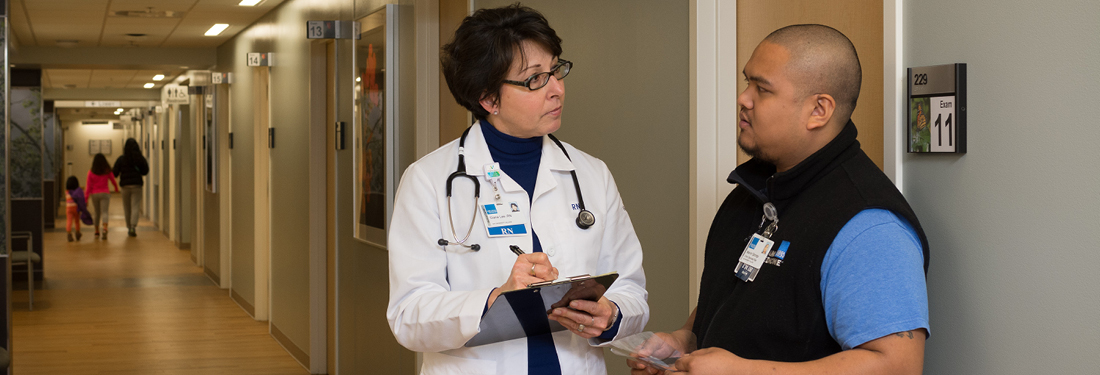How Can You Spread Standard Work Successfully?
It’s official. Your small team in primary care has developed new standard work and your team’s clinicians and staff members have been trained. When you’ve measured the work at 30, 60 and 90 days, the results are exceeding expectations. But spreading it throughout your clinic and the organization’s other clinics is daunting. You want to improve patient care and safety in larger numbers, but how can you make sure it will work at the other clinics?
The 5 secrets of spreading standard work
Successfully spreading standard work throughout a department, in multiple different clinics, is challenging. Here are five elements we have found to be helpful:
- Be sure your standard work is in keeping with organizational goals so that leaders and teams share the same sense of urgency. Low-hanging fruit is tempting to work on — and at times it should be considered — but it may not be a good fit for spread if it isn’t aligned with the larger goals.
- Create a Standard Work Guiding Team, which includes stakeholders from each site, to be the gatekeepers for all of the standard work. At Virginia Mason, for instance, the Standard Work Guiding Team (SWGT) is essential in deciding which pieces of standard work will be spread to each of our primary care clinics. Process owners make presentations at the monthly SWGT meetings about standard work they are hoping to spread and give an implementation plan, allowing for the guiding team to ask clarifying questions. The guiding team then has a 30-day period to vote on which standard work will be implemented and spread.
- Start small and even out the nuances during the spread. It’s important to ensure that the standard work you’ve developed translates well in different clinics with different geographic layouts and staffing. Limiting the spreading of the new standard work to one or two teams at a time is ideal, so that you can capture and share best practices before spreading to other teams. Abundant communication to all stakeholders during the spread is critical!
- Make the process visible and accountable. In the Department of Primary Care at Virginia Mason, we do this by using shared electronic Skills Maps – a tool that allows team members to know at a glance if a team has fully implemented key pieces of standard work. The accountability for training and implementation of the standard work is transparent and shared among team members.
- Create a toolkit for spread. In our best work, there is a step-by-step playbook containing any tools needed to roll out the new standard work. The playbook is updated with any new learning from teams as needed.
A reminder
Standard work, developed by team members doing the work, is an excellent tool to define best practice. As the father of the Toyota Production System taught us, “Without standards, there can be no improvement.” Once you have implemented standard work, you can build upon the work and sustain best practices.
The role of the leader is to connect the dots for team members, and ensure everyone understands their roles in standard work and sees how the work connects to the patient experience. Standard work allows us to mistake-proof our processes, helping to ensure that every patient has an outstanding experience and outcome, every time.
To learn more about engaging and motivating employees while creating and spreading standard work, register for our course Engaging Staff in Daily Improvement.
To learn how your organization can create a culture of continuous improvement, read about our Transformation Services.






